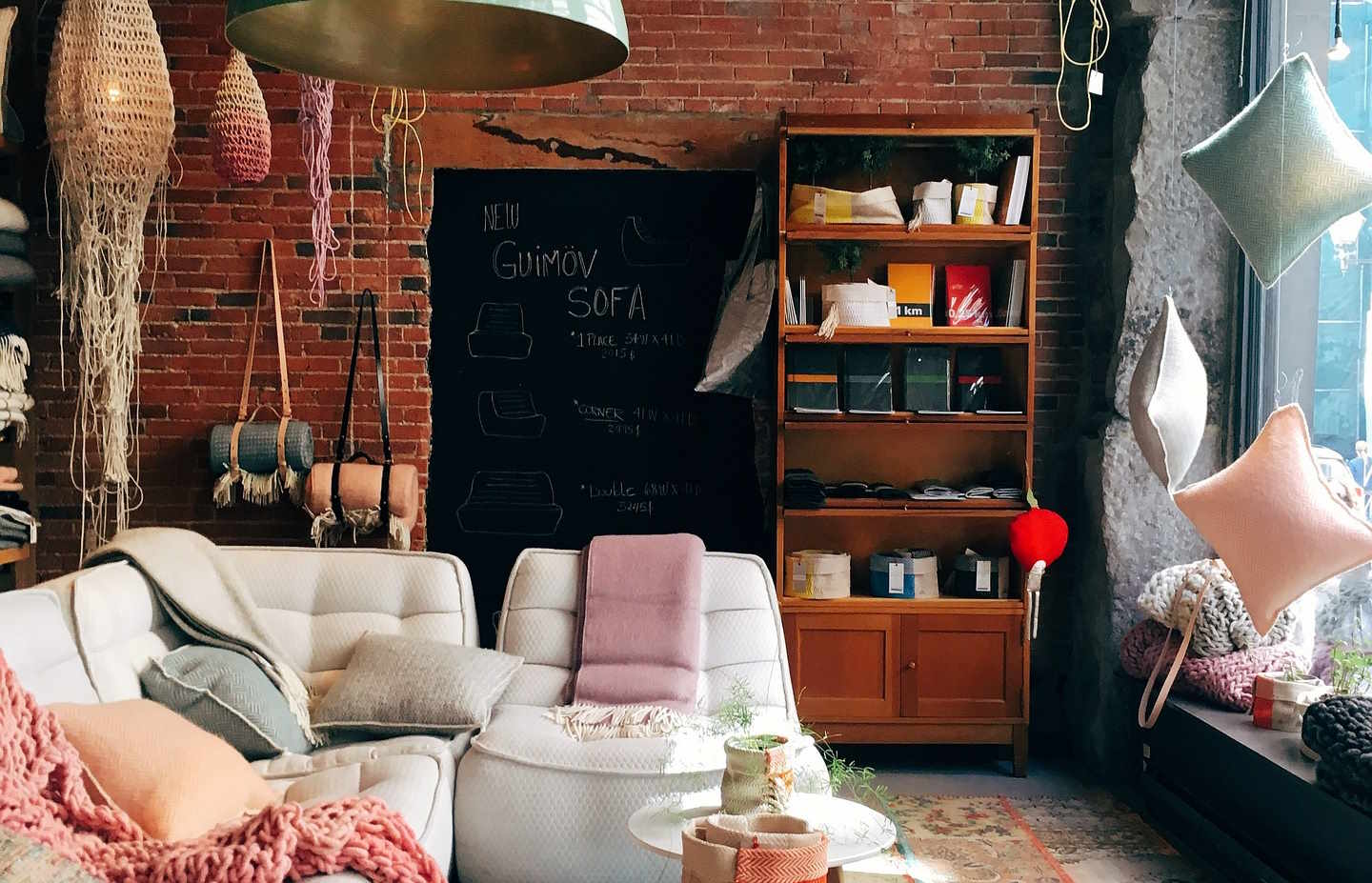Lighting Strategies to Enhance Your Main Seating Area Ambience
Smart lighting choices can transform your main seating area from merely functional to comfortably inviting. This short overview outlines how layered illumination, fixture placement, and complementary materials work together to shape mood and usability in the central living space.
Thoughtful lighting can define the character of your main seating area, influencing how you relax, entertain, and use the space. Start by considering the room’s function and the way natural light interacts with architectural features. Effective strategies pair ambient, task, and accent lighting to provide flexibility: ambient light sets an overall level, task lighting supports reading or work, and accent lighting highlights focal points such as art or the sofa. Combining these layers with mindful arrangement and appropriate fixtures helps create an adaptable, comfortable ambience that supports multiple activities.
Sofa placement and arrangement
Sofa location affects how light falls and how the space feels. Position the sofa to balance natural light and to benefit from task lamps for reading or hobbies. An arrangement that orients seating toward the main light sources reduces glare and shadow on faces while maintaining a visual focal point—whether a window, fireplace, or media wall. Use low-profile tables and slim-arm floor lamps beside the sofa to provide localized illumination without crowding circulation paths. Mirrors opposite windows can amplify daylight, while translucent lamp shades soften direct light for a cozier seating experience.
Layout and multifunctional seating
A flexible layout makes lighting more efficient when the seating area needs to serve multiple roles. If seating is multifunctional—doubling for work, dining, or play—design lighting zones that correspond to each activity. Overhead dimmable fixtures establish a baseline, while movable table or clamp lamps add task-specific brightness. Modular seating and ottomans let you rearrange the footprint, so plan wiring and lamp placement to maintain coverage in different configurations. Integrating storage near seating keeps surfaces clear, allowing light to fall evenly on work or leisure areas without obstruction.
Layered lighting strategies
Layered lighting combines ambient, task, and accent sources for depth and adaptability. Start with an ambient source such as a recessed lighting grid, pendant, or a central chandelier with dimming controls. Add task lights like adjustable floor lamps, wall-mounted swing arms, or table lamps for reading and close work. Accent lights—track fixtures, picture lights, or LED strips—emphasize architectural details, shelving, or plants. Choose color temperature consistently across layers to avoid visual discord: warmer tones for relaxed settings and cooler tones when clarity is needed. Layering also supports energy efficiency by allowing selective use of light rather than full-room illumination.
Color, textiles, and mood
Color and textiles interact directly with lighting to shape ambience. Lighter walls and reflective surfaces increase perceived brightness, while saturated colors absorb light and create intimacy. Soft textiles—throws, curtains, and cushions—diffuse light and reduce harsh reflections, adding tactile warmth to the seating area. Use textiles with varying textures to catch and soften light at different angles, and coordinate lamp shades and fixture finishes with fabric tones to maintain a cohesive palette. Consider window treatments that allow daylight control: sheer layers for diffusion and heavier drapes for privacy and atmosphere.
Flooring and acoustics considerations
Flooring choices influence how light and sound behave in the seating zone. Hard floors reflect light more than carpeted surfaces; a strategically placed rug can anchor the sofa and soften reflected glare while also improving acoustics. Area rugs and upholstered furniture reduce echo and create a more intimate atmosphere, which impacts perceived comfort under the same lighting levels. For rooms with high ceilings or hard surfaces, incorporate acoustic panels, textiles, or bookshelves to dampen reverberation so conversation remains clear without needing higher lighting levels to compensate for visual strain.
Ergonomics, storage, and comfort
Ergonomics and storage affect both the practical use of light and user comfort. Ensure task lights are positioned to reduce eye strain during reading or device use—adjustable-height floor lamps and articulated arms help direct light precisely. Built-in storage near seating keeps floors and tabletops uncluttered, enabling unobstructed light paths and cleaner sightlines. Consider the reach and switch placement for lamps to support relaxed postures; dimmers and smart controls allow users to fine-tune brightness without standing. Prioritizing comfort and accessible storage helps maintain an orderly, well-lit seating area that adapts to daily routines.
Conclusion A layered, context-aware lighting plan enhances the ambience of a main seating area by balancing function and mood. Attention to sofa placement, flexible layout, coordinated colors and textiles, appropriate flooring and acoustic treatments, and ergonomic lighting solutions creates a cohesive environment. Thoughtful integration of these elements produces a seating area that feels comfortable, versatile, and visually engaging.






